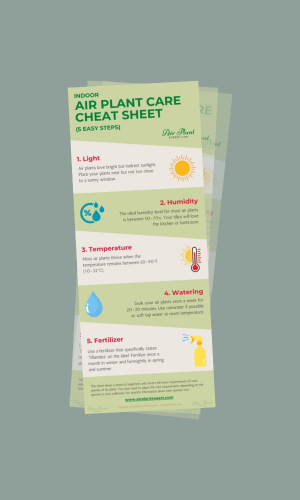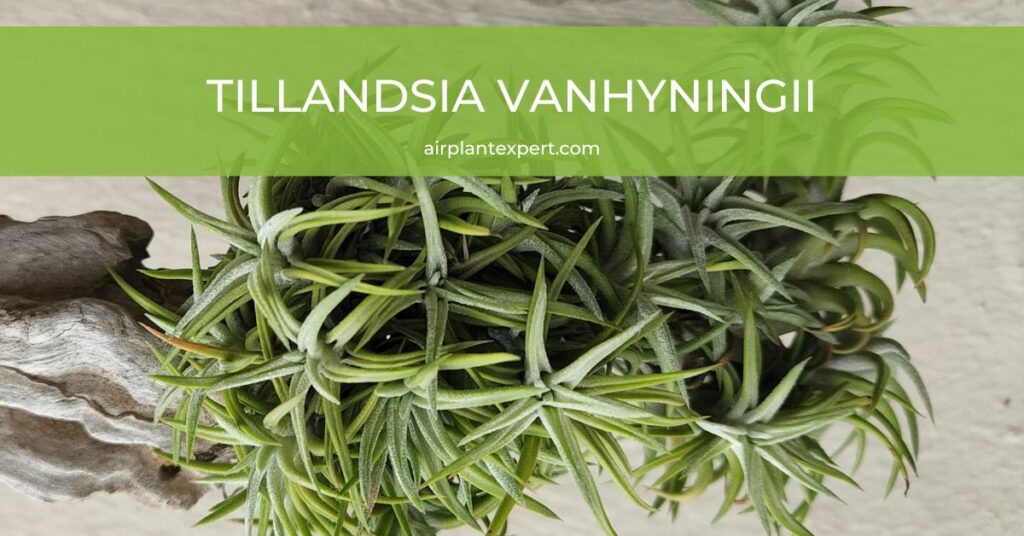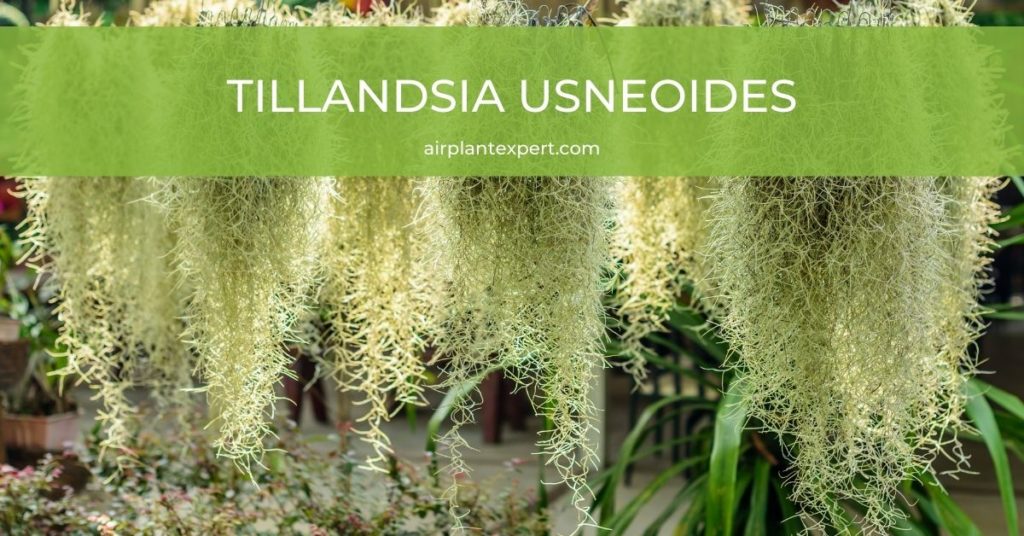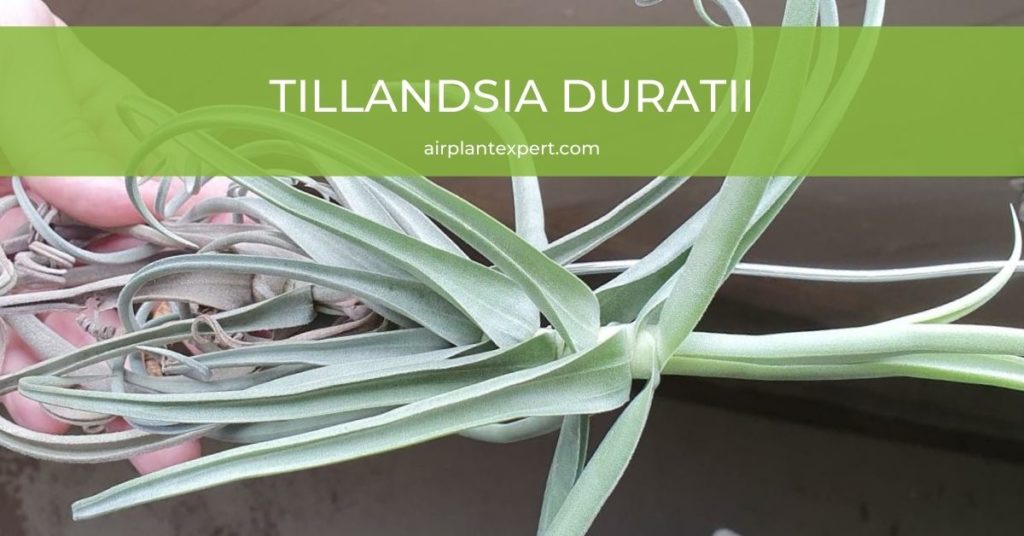Endemic to the Sumidero Canyon of Chiapas, Mexico, Tillandsia Vanhyningii grows on steep vertical limestone cliffs and can tolerate relatively strong sunlight.
Quick Guide
How To Care For Tillandsia Vanhyningii
Previously thought to be a variety of Ionantha, Tillandsia Vanhyningii, used to be known as Tillandsia Ionantha var. Vanhyningii. However, this variety is now considered a species in its own right.
Vanhyningii’s thicker pale silvery-green leaves grow on a stem-like (caulescent) column so the plant’s appearance and structure are very different from the usually small and compact varieties of Ionantha.
This species grows slowly and doesn’t like cold weather. Vanhyningii likes bright, warm, humid conditions and can tolerate some direct sunlight as its frosted trichome-covered leaves help to reflect some light.
How To Water Tillandsia Vanhyningii
In my experience, Tillandsia Vanhyningii should be soaked once a week for about 20-30 minutes. You can also mist Vanhyningii sporadically if you have time but it’s not absolutely necessary. This helps to prevent the leaf tips from drying out.
I often use rainwater, however, you can also use soft tap water if that’s easier for you. Remember to hang or turn your plant upside down for an hour or two after soaking to help remove any excess water.
It’s important as Vahyningii’s central stem/column may conceal water and not dry out sufficiently if there’s not enough air circulation, particularly in an indoor environment, which can lead to rot.
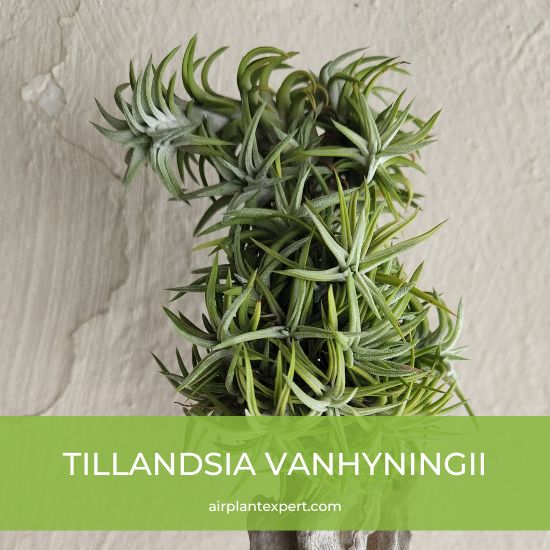
How To Propagate Tillandsia Vanhyningii
Tillandsia Vanhyningii is quite rare and therefore its pups (offsets) are little treasures and in demand. The tiny offsets emerge from the base of the plant’s older leaves and can be removed easily.
The pups cascade and hang down in a distinctive pattern and can be left to grow into a clump/mat or removed to create individual plants. You simply tease and gently pull the pups away from the parent plant.
Use a pair of scissors or a knife to help remove the pups if needed and then mist/spray them regularly during their first few weeks of freedom before finding them a new home.

Get Your FREE Air Plant Care Cheat Sheet
5 easy steps to keep your air plants happy and healthy.
Flowers And Expert Tips
Tillandsia Vanhyningii’s thick pale silvery-green leaves form star-shaped rosettes that grow along a short stem and blush a peachy red color when the plant begins to bloom.
The leaf tips often blush first and contrast with the abundance of trichomes that give the plant a frosted appearance. Given high levels of humidity and bright light, Vanhyningii should blush all year round.
The violet/purple tubular-like flowers look very similar in appearance to Ionantha flowers and protrude from the center of the rosette. The flowers clash with the colors of the leaves and look awesome.
Tillandsia Vanhyningii Hybrids
Vanhyningii is endemic to the Sumidero Canyon of Chiapas in Mexico where it grows on the steep sides of vertical limestone cliffs which overhang the Rio Grijalva. This caulescent species is rare and sort after and I’m not aware of any true hybrids. Possible hybrids include.
- Tillandsia Joel x Vanhyningii
- Tillandsia Maritima x Vanhyningii.
As I mentioned above this species used to be called Tillandsia Ionantha var. Vanhyningii. Have a look at the following page to learn about the different varieties of Ionantha.
If you know of any Vanhyningii hybrids I’d be delighted to hear from you.

